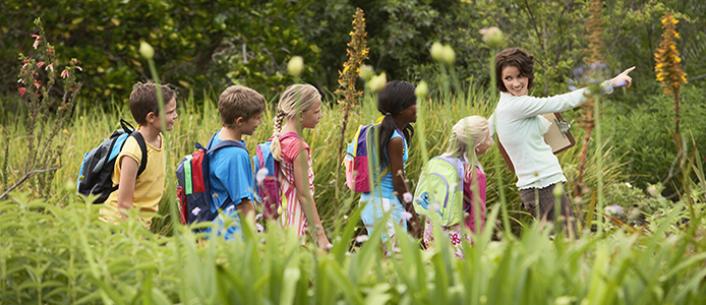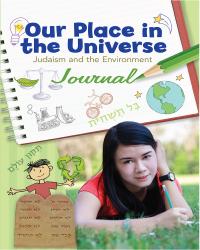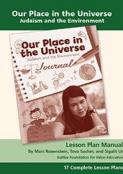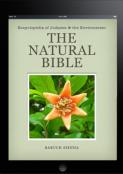- Home
- Play & Learn Home
- Online Enrichment
- Experience Modern Israel
- Israel It's Complicated
- Jewish and Me
- Jewish Holidays Jewish Values
- Jewish Values in Genesis and Jewish Values in Exodus
- Min Ha’aretz
- Our Place in the Universe
- Simply Seder
- The Prophets: Speaking Out for Justice
- Making T'filah Meaningful
- Make, Create, Celebrate
- Yom Haatzmaut Resources
- Hebrew Apps
- About The OLC
- What is the OLC?
- Introduction
- Get Started
- Resources
- OLC Content
- Parent Materials
- See My OLC Classes
- Store
Help Students Connect the Outdoors to Jewish Values
Written by Behrman House Staff, 24 of May, 2016
What do Jewish traditions have to do with the environment? Judaism is not only based on the stories we tell, but on the behaviors we are expected to do. As the weather warms and we spend more time outdoors, it’s a good time to visit some Jewish values and traditions that teach us how to behave toward nature.
In Our Place in the Universe, your 6-8th grade students can explore connections between what they believe and how they live by looking at environmentalism through a Jewish lens. Chapter 2, for example, explores the value of Bal Tashchit - Do Not Destroy - and how it relates to the environment.
Students examine texts about the principle, which is found in the Torah and further explained by Maimonides, and use those texts to inform the conversation about waste and consumption. For example, students are asked to consider how everyday activities like watching TV or eating a meal or riding a bus to school affect the environment.
Using the powerful tool of a reflective journal, Our Place in the Universe guides students to think critically about how they live in the world. The journal does not offer answers to these modern issues, but rather serves as a platform for nuanced, thoughtful debate, and helps students grapple with these complex issues, make their own meaning, and relate the lessons learned to their own lives.
Students can write their own advertisements for environmentally friendly products; compose a modern prayer about water conservation; use a carbon footprint calculator to learn about their personal impact on the world; and even design a genetically engineered species.
Our Place in the Universe was developed by Dr. Marc Rosenstein, Tova Sacher, and Sigalit Ur from the Galilee Foundation for Value Education, which uses techniques of informal education to build the Galilee as a model of a civil society.
Your students can deepen their environmental understanding with free online and printable resources and games that reinforce the content of the journal, such as crosswords, word searches, digital Mad Libs, quizzes. All digital components are available at www.behrmanhouse.com/universe



